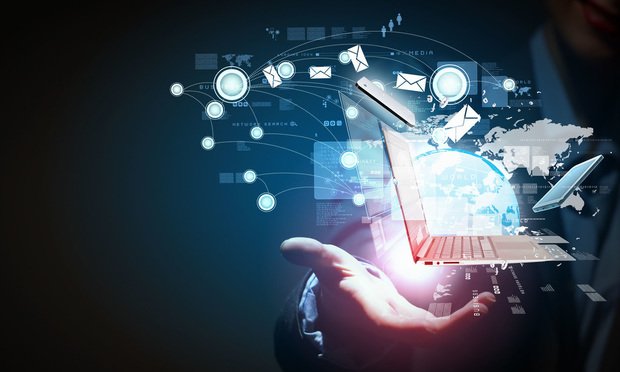Almost 40 years ago, Gordon Moore made his observation that the number of transistors per square inch of printed circuits has doubled every year since the integrated circuit was invented. This observation generally has been extrapolated into the future to predict our seemingly endless ability to create smaller and smaller circuits.
Current technology is creating chipsets with features that are 130 nanometers in size (a human hair is about 60,000 to 100,000 nanometers in diameter). The atoms in a silicon wafer (on which microcircuits are built) are spaced about 0.235 nanometers apart. Obviously, we rapidly are approaching technologies that will be able to create structures at the atomic level.
Which brings us to a very interesting problemcurrent computer technologies are based upon Newtonian physics, and Newtonian physics doesnt work at the subatomic level. Interactions among subatomic particles are fundamentally different than interaction among particles of molecular size and larger. Now, I suspect miniaturization of conventional computer circuits will be limited by economics not science. But notice I said conventional computer circuits. If we look at the physics of subatomic particles, we discover there may be other very powerful ways to process data. One such theory is broadly known as Quantum Computing.
Physics 101
I think I can safely say that nobody understands quantum mechanics.
Richard P. Feynman
Recommended For You
Want to continue reading?
Become a Free PropertyCasualty360 Digital Reader
Your access to unlimited PropertyCasualty360 content isn’t changing.
Once you are an ALM digital member, you’ll receive:
- Breaking insurance news and analysis, on-site and via our newsletters and custom alerts
- Weekly Insurance Speak podcast featuring exclusive interviews with industry leaders
- Educational webcasts, white papers, and ebooks from industry thought leaders
- Critical converage of the employee benefits and financial advisory markets on our other ALM sites, BenefitsPRO and ThinkAdvisor
Already have an account? Sign In Now
© Touchpoint Markets, All Rights Reserved. Request academic re-use from www.copyright.com. All other uses, submit a request to [email protected]. For more inforrmation visit Asset & Logo Licensing.







